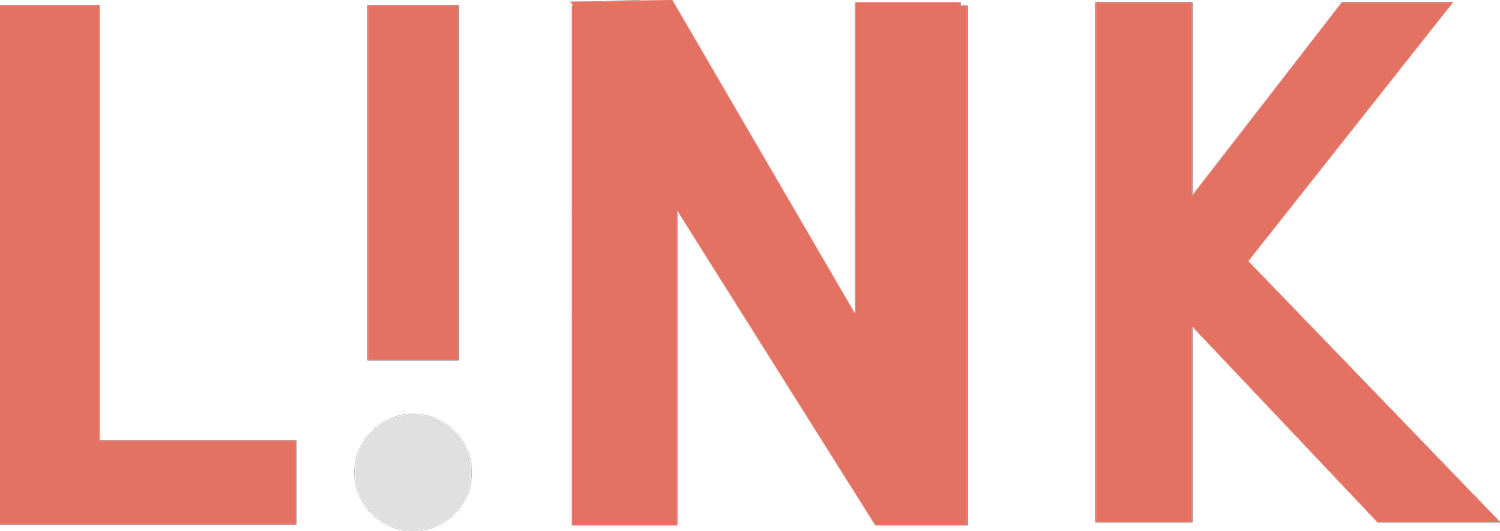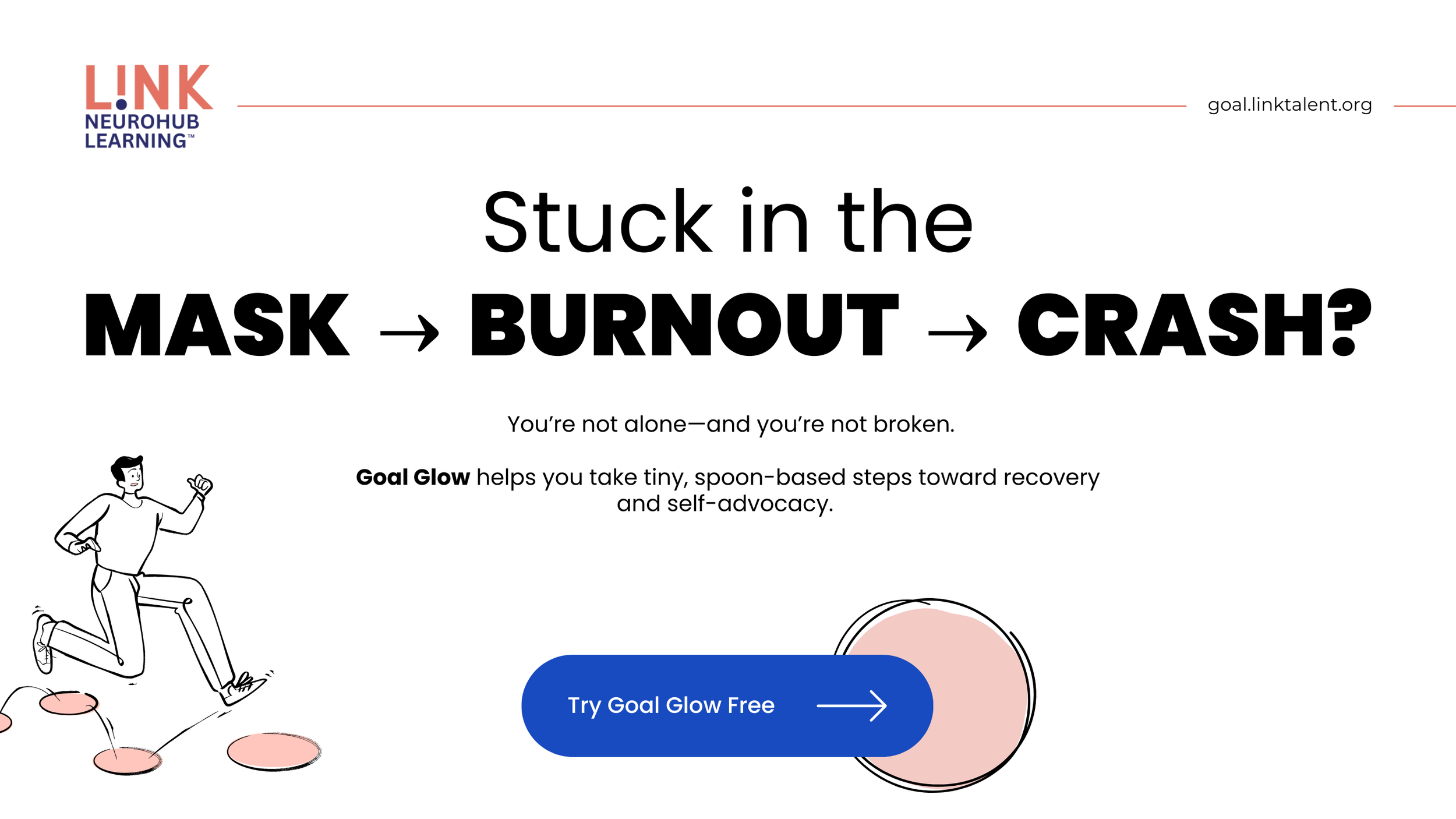Self-Paced Learning for Neurodivergent Minds: Does It Protect Your Energy?
Written by: Robin Dickinson, MD, Neurohub Learning Director of Medical Content
Find What Drives You
The short answer? Yes—when it’s done right.
For many neurodivergent learners, traditional learning structures aren’t just a mismatch—they’re energy drains. Rigid schedules, high-pressure pacing, and sensory overload can lead to shutdown, burnout, or complete avoidance. That’s where self-paced learning comes in. Done well, it offers the flexibility and energy protection that many neurodivergent brains need to learn and grow. But it’s not a one-size-fits-all solution.
What Is Self-Paced Learning?
Self-paced learning means you move through material at your own speed—pausing when you’re depleted, surging forward when you’re focused. There’s no pressure to “keep up” with others or sit through lessons you already understand. This model reduces cognitive overload, supports energy conservation, and builds self-trust.
Why It Can Be a Game-Changer for Burnout Prevention
Neurodivergent minds often operate in rhythms that don’t match the mainstream grind. You may hyperfocus in bursts, need longer recovery after effort, or hit walls at unexpected times. Self-paced learning respects those rhythms and allows for:
🧠 Better energy regulation
💤 Strategic rest without falling behind
🔁 Built-in flexibility for low-spoon days
📅 More ownership and self-direction
Instead of fighting your brain, you can work with it—choosing when and how to learn based on your current capacity.
But Here’s the Catch…
Self-paced doesn’t mean structure-free. Without supportive scaffolding, it can become no-paced learning, especially for people who struggle with executive function. That’s why self-paced learning works best when paired with:
Optional check-ins
Clear progress tracking
Gentle accountability
Organized, easy-to-return-to systems
Encouragement over pressure
A Real-Life Example from Our Family
In our home, we’ve seen this play out with both my husband and our kids. Self-paced online programs have been the most effective—not because they’re “easier,” but because they honor energy patterns and reduce unnecessary friction. Everything is organized, nothing gets lost, and we track progress weekly instead of obsessing over daily output.
Some days, not much gets done—and that’s okay. Other days, they’re rested, regulated, and move through material with ease. And when professional support is available to tailor learning around their needs? That’s when it clicks.
The Bottom Line
Self-paced learning isn’t a shortcut. It’s often the more sustainable path for neurodivergent adults and families. It protects your spoons, reduces the risk of burnout, and lets you build momentum at a pace your brain can handle.
If the traditional pace of education left you exhausted, it wasn’t your fault. It just wasn’t built for your energy system.
With the right support, self-paced learning becomes more than a strategy—it becomes a foundation for growth that actually fits your life.

